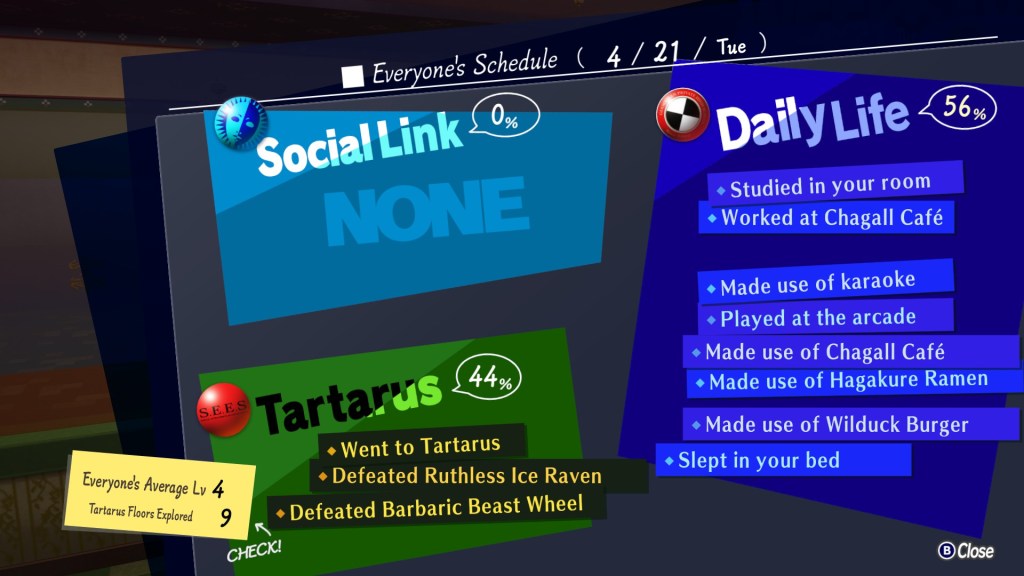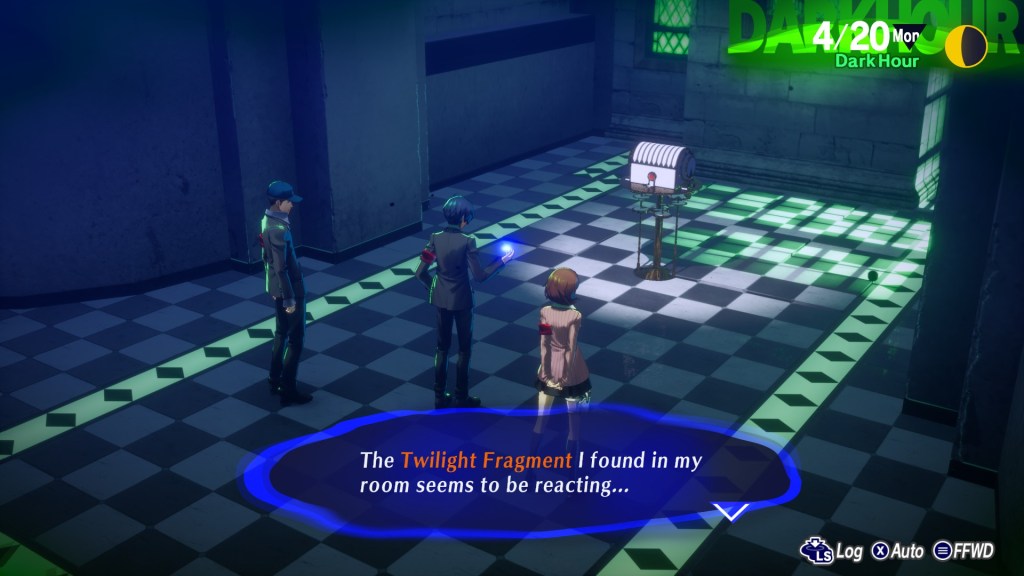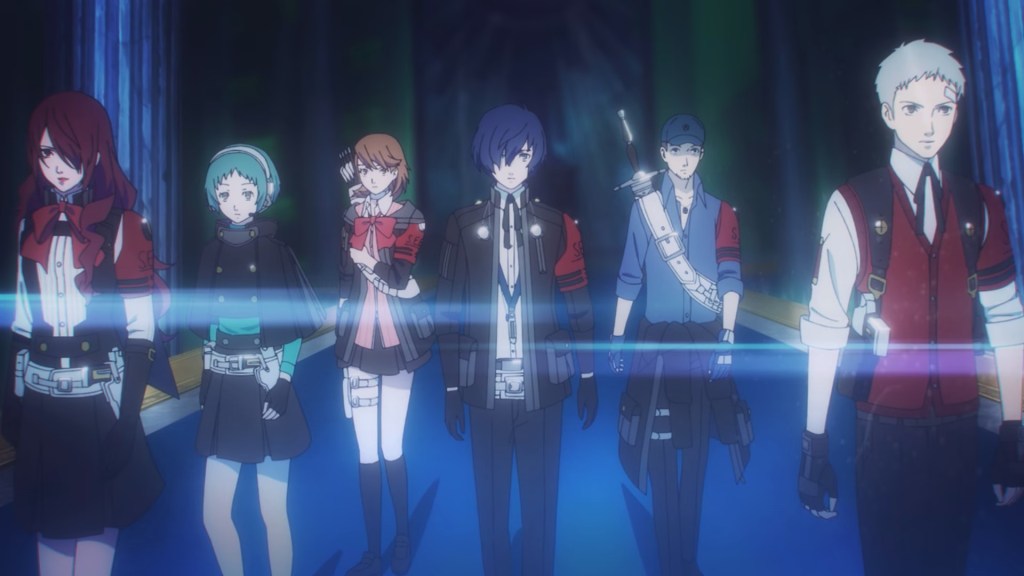It’s understandable if Persona fans are skeptical about Persona 3 Reload. The original game released way back in 2007, and since then, we’ve had Persona 3 FES (along with The Answer) and Persona 3 Portable. So the idea of playing Persona 3 again after all these years can feel like being asked to retread the same material in a similar way to Bethesda asking us to buy Skyrim one more time. That said, Persona 3 is beloved enough that P3R could have been a graphical remaster without facing too many complaints. So the fact that Atlus has actually gone through the trouble of making numerous gameplay tweaks while adding a wealth of quality-of-life enhancements here is a minor miracle.
Adding bullets to the (Evoker) chamber

Now, I could sit here and type out all of the changes that P3R makes over the original game, but that list already exists and it’s quite long. The most visible updates are the spiffier graphics and aesthetics that put the game more in line with Persona 5. Every character comes with a more detailed, slender model, while the in-game menus are better animated and less static. Both the hallways of Gekkoukan High School and Tartarus have a wider perspective, with Tartarus having a thorough design overhaul from Arqa and beyond.
This isn’t the only way that P3R leans into the more modern Persona 5 system. Every SEES member can be given direct orders and you can now Shift between characters like Baton Passes. Damage-dealing Light and Dark spells have been added, along with new Theurgy skills that act like limit breaks for every party member. Fuuka has been redesigned with incredible abilities that she can trigger during a battle as well.
A tower rebuilt

Coupled with the aesthetic changes and remixed soundtrack, exploration through Tartarus feels less like a grindfest. First and foremost, the Fatigue mechanic has been thankfully nixed altogether. Shuffle Time is no longer random, allowing you to pick what card you want, which includes new Major Arcana cards for special boons that last until the end of the day. Twilight Fragments, which you can collect around town, in dungeons, and from Elizabeth’s requests, can be used to open locked chests throughout Tartarus. You can also spend seven fragments to restore your party’s HP and SP at the clock on the lobby floor.
Deeper into Tartarus, you can unlock new Monad Doors that lead to dungeons with optional bosses and special rewards. If you’re willing to spend the Twilight Fragments, you can enter a Clock Room where you may have two other SEES members automatically level to your protagonist’s level. Overall, this makes grinding less of a hassle, while making exploration more exciting and randomized.
For better and worse, Persona 3 Reload doesn’t make too many changes to the game’s original plot. Persona 3 doesn’t have social links with your male party members, and Strega still doesn’t make for a group of compelling villains. There’s not much Reload could do to alter these elements without upending the story, though it does add several new episodes with your party members that help bring them closer together. The new English voice cast does a fairly fine job too, though I miss Liam O’Brian as the voice actor for Akihiko.
Persona 3 Reload Final Verdict
Even among other Persona 3 remasters, Persona 3 Reload is the new definitive version of the original game. Though I replayed Persona 3 a few years ago, I was still surprised by the sheer number of improvements and additions in Reload. For the sake of completion, Atlus should consider adding DLC that adds an option to play as the female protagonist from Persona 3 Portable. That would make me reload the game all over again.
Positives and Negatives
-
Better graphics and stylish aesthetics
-
New Theugy system, Fuuka abilities, and Shift passes
-
Tartarus has new randomized elements, less of a grind
-
Remixed music
-
Persona 3 plot remains the same, for better and worse







